My Favorite Split - PP/L1/PP/L2
The exercises and intricacies that make up my most-loved training routine.
PP/L1/PP/L2 Explained
In the world of weights, it’s common to see the acronym P/P/L, which stands for Press/Pull/Legs. In short, it’s three training days:
Press: A training day focused on muscles used for pressing.
Pull: A training day focused on muscles used for pulling.
Legs: A training day focused on leg muscles.
This is a great rotation of training days and it’s effective. However, it isn’t my favorite because I often see it advertised as needing to be cycled through two times per week. The result is six weight training days per week, which I’m not an advocate of. My favorite is PP/L1/PP/L2, which stands for Press Pull/Legs 1/Pull Press/Legs 2. In this case, here’s the breakdown:
Press Pull: Primary focus on muscles used for pressing, secondary focus on muscles used for pulling.
Legs 1: Primary focus on anterior(quad-dominant) leg muscles, secondary focus on posterior(hamstring-dominant) leg muscles.
Pull Press: Primary focus on muscles used for pulling, secondary focus on muscles used for pressing.
Legs 2: Primary focus on posterior leg muscles, secondary focus on anterior leg muscles.
I’m going to outline the reasons why this is my favorite plan, but first, let me explain what the term ‘split’ means.
What is a Split?
Per the National Academy of Sports Medicine (NASM):
Put simply, a split refers to how you break up your workouts over a week to allow your body to recover between exercise sessions and maximize your results.
By the way, if the first thing that came to mind when you read ‘split’ was this, you’re not the only one. That thing does look good!
OK, back on track…here is an example of a split using PP/L1/PP/L2:
Monday: Press Pull
Tuesday: Legs 1
Wednesday: Off
Thursday: Pull Press
Friday: Legs 2
Saturday: Off
Sunday: Off
This is a seven day split with four training days and three off days.
You’ll see an adequate amount of rest days in relation to working days and since I’m really not a fan of working intensely with weights more than two days in a row, this split is perfect for me. I’ll add that I’ve personally seen it work wonders for thousands of other people…seriously.
Of course, many different splits exist. The point is that you know what ‘split’ means when someone says it in the context of weight training, not at the ice cream shop…and now you do.
Training Day Exercises
Telling you which muscle groups are covered during each training day isn’t very helpful. It gives you a peek through the keyhole, but I want you opening the door and seeing who’s knocking. In this section, I’m going to show you the exercises that make up my favorite PP/L1/PP/L2 routine.
Whether you use my exact lists, a mixture of my favorites and your favorites, or simply use these lists as general muscle group templates and venture forward completely on your own, my hope is that you take something away from this section and it benefits you!
Let’s start off with Press Pull, the training day focused on pressing muscles with a sprinkling of pull work to ensure twice-weekly pull frequency. I’m a huge fan of incline pressing when it comes to working the chest, so you’ll see my first priority is the 30 degree bench press.
To learn more so much about chest training, refer to my article: The Science of Chest Development
You’ll notice, with all four training days in this split, the priority is on compound lifts. I’m looking for the biggest bang for my buck and compounds deliver that. The first 3-4 exercises of each day will be compound, always. In the case of Press Pull, exercises 1-4 are compound.
Isolation exercises have huge value as well, so you’ll never see me delete them from my programming.
I love following up my compounds with isolation work to really zone in on specific areas I want to blast. Press Pull exercises 5-7 isolate my biceps, triceps, and shoulders.
With the upper body taken care of from Press Pull, it’s time to focus on the lower half. Definitely don’t skip legs, as they’re such a huge part of your body and training them has a multitude of benefits.
Just like Press Pull, you’ll see the initial compound lifts showing up. In this case, exercises 1-3 are compounds and exercises 4-7 are isolations. With leg work, it can be challenging to have enough energy to complete four compound exercises and still have gas in the tank for isolation work. For this reason, I like three compounds when training lower body and am OK with four when training upper.
Legs 1 Day is focused on hitting the quads hard, while bringing plenty of glute activation into the picture. Heels raised squats and deficit reverse lunges do an excellent job of torching both the quads and glutes. Of course, the hamstrings need to be stressed at some point to maintain that direct twice-weekly frequency, which is the job of the Romanian deadlifts.
Next, isolating leg extensions polish off the quads, and fresh muscle groups consisting of the calves, traps, and abs, come into focus. With calf training, I make sure to hit a straight-legged variation and a bent-legged variation. Standing calf raises are a straight-legged variation, and a great one at that. Leg press calf raises are also great, FYI.
Now, it might seem strange to see upper back and ab work on a day called Legs 1. I get that, but let me explain my reasoning for each.
I honestly don’t see the need for 6-7 leg exercises per leg day. I feel you can get the job done, thoroughly, in five leg exercises.
What does this do? It leaves room for additional exercises and it makes sense to me to take care of the upper back (improves posture and rounds out the physique) and abs (obviously an important muscle group) with these additions. Here’s a few more words from me on the topic:
About that upper back; to me, you can’t beat the barbell shrug when it comes to building traps. There are just so many positives about this exercise, so I always keep it in my routine. I feel the same about kneeling cable crunches.
I like ab exercises that are easy to progressively overload and cable crunches are as easy as moving the pin on a cable machine’s weight stack.
And with that, Legs 1 Day is complete.
Pulling is great for building an impressive back and also works the biceps and forearms without even having to think about them. When you pull something toward you, the muscles of the back contract under resistance, creating the perfect stimulus for growth.
When considering your compound pull exercises, it’s important to move in both the vertical and horizontal planes.
In my exercise list below, movements 1-4 are compounds. To ensure quality compound pull work in both planes, you’ll find pullups or pulldowns and flat bench dumbbell rows. Pullups are a vertical pull, while the dumbbell rows satisfy the need for horizontal work.
I know you noticed the pressing compounds too, which are the overhead and the 15 or 30 degree dumbbell presses. Do you remember why presses are included with a pull-focused day? Yes, twice-weekly frequency! Just like Press Pull day has a dash of pull work, Pull Press day has some press work.
There’s one point I want to bring up, and it has to do with the first press exercise being an overhead press variation. I always prioritize overhead pressing on this day because it isn’t prioritized on Press Pull day, horizontal pressing is.
Of course, I still want to see twice-weekly horizontal pressing frequency, which is why a second compound press is part of this day as well.
Exercises 5-7 are isolations, just like Press Pull Day. The targets include the lats, biceps, and triceps. Lat isolation is not easy to come by, but straight arm pulldowns give me the isolation I’m looking for. They may take some time to master, but once you do, they’re highly valuable. Standing barbell curls and rope tricep pressdowns are no-brainers for me, as they never let me down and they’re enjoyable and efficient.
Just one more note for this day; if you’d like to top off your medial delts, consider adding an 8th exercise in the form of a lateral shoulder flye variation. Options include standing or seated dumbbell lateral shoulder flyes or standing cable lateral flyes. While this isn’t a necessity, it does feel good to finish up each upper body day with a bicep, tricep, and shoulder isolation.
The training week is almost complete, but not before another round with legs.
Legs 2 Day dials in the posterior chain, really bringing it to the glutes and hams with deadlifts, hypers, and leg curls, but making sure to activate the quads with Bulgarian split squats because twice-weekly frequency is so important.
Exercises 1-3 are compounds, just like Legs 1 Day.
When it comes to deadlifting, I’ve grown to love the traditional trap bar, as well as any open trap bars. My personal favorite is the Eleiko Oppen bar, as it doesn’t rob me of ROM due to it not having raised handles. I also like that it’s an open trap bar. Here’s a quick summary of why I like trap bar deadlifting so much:
Isolations for this day include the leg curls, calf raises, face pulls, and leg raises. These lifts cover hamstrings, calves, rear delts, and abs. Just a few quick notes here:
Earlier, I mentioned how I make sure to keep a straight and bent-legged calf raise in the picture. Seated calf raises are the bent-legged variation I like the most.
During Legs Day 1, shrugs take care of my traps, which are a part of my upper back. Rear delts are also an important part of the upper back, so I make sure to choose wisely when it comes to hitting them on this day. Cable face pulls do a great job for me, but exercises such as rear delt flye variations are also excellent choices for this exercise slot.
Last, but not least, I like to have multiple ab movement types in my programming. Leg raises offer a different angle compared to situps or cable crunches, so I’m a big fan of them. I generally do mine hanging, but lying variations also exist.
Intricacies from Experience
On paper, this routine may not look that challenging or that complex. To the naked eye, it may look basic.
But let me tell you, there are details worked into my particular setup that add tremendous value and balance, ensuring you’ll be working your body efficiently and completely if you use it. I’m gonna brain dump some of them to you right now.
The chest muscles are worked from multiple angles.
The back muscles are worked in multiple planes.
Shoulder work covers all three deltoids (front, medial, rear).
Tricep work is done with multiple grip styles.
Bicep work is done with multiple grip styles.
Upper back work isn’t neglected, counteracting desk posture.
Hamstrings are worked from both ends (hip hinging and leg curling).
Quads and glutes are fully activated through multiple exercises.
Unilateral leg work is present, improving balance and coordination.
Calves are worked completely, both the upper and lower portions.
Abs are targeted from top to bottom.
The core, from front to back, is strengthened.
All targeted muscle groups, virtually every muscle in the body, is activated twice per week.
Every exercise in this routine is easily progressively overloaded, a key foundational concept for growth.
I’ll stop there, but there are definitely more. These are benefits and concepts that may not be seen by someone with less experience in the gym, but they’re still valuable to that person. If they use this setup, they’ll receive all of those benefits without even realizing it. That’s one of the whole points of following advice from someone with experience.
That experienced person knows more than you on the topic you’re wanting to learn more about. That doesn’t make them better than you, it makes them a great freaking resource to tap!
Also, asking for help and not doing everything on your own will get you farther, faster.
That last sentence is pure gold, and you should keep that in mind with anything you do in life. This is a side note, but I want you to hear it. In my own business, I’ve made the past mistake of wanting to do everything on my own to maintain control and to keep things less complicated.
Looking back, I wish I would’ve tapped into the power of working with others. If I would’ve done this, I’d have reached more people, helped more people, and my business would be bigger.
However, now that I realize my mistake, I’m making decisions and moving in the direction I know is best; working with others to grow! If I can switch to this philsophy, so can you.
How Many Sets and Reps?
Up to this point I’ve handed you a basket of goodies containing my number one split layout, my preferred exercises for balanced growth, a written breakdown of each training day, and a brain dump of the hidden benefits you may not have initially spotted. The basket is pretty full, but it still needs one more thing; set and rep guidance. I happen to have that too!
In truth, you can use any traditional set/rep scheme for each training day and be successful, provided you keep progressive overload in the picture and work hard when you’re in the gym. This is just a fact.
Time + Consistency + Ass-busting Hard Work = Results.
But just like there are experienced intricacies built into the exercise selections, I have a series of special set/rep schemes full of those too.
Phase 1
My recommended set/rep scheme starts off basic with Phase 1, breaking you into the program and letting you make plenty of progress along the way, through linear progression. I recommend using Phase 1 for eight weeks, minimum.
Phase 2
Phase 2 brings the fun and steps things up a notch with a rotating set/rep scheme strategy. Rotating set/rep schemes ensures your body is utilizing all of it’s energy systems and recruiting all muscle fiber types. I recommend using Phase 2 for eight weeks, but it can certainly be used for much longer and still produce gains.
For more on rotating set/rep schemes:
Phase 3
The final phase, Phase 3, ratchets up the intensity further with Forced Volume Training. I recommend running this phase for eight weeks. Phases 1 and 2 can be extended past the eight week mark, but Phase 3 employs an intensity technique that limits it’s duration. Respect Forced Volume Training and don’t overstay your welcome in it’s humble abode, trust me.
For more on Forced Volume Training:
In the future, when you have all three phases complete, you’ll have at least 24 weeks of growth in the bank and be feeling incredible!
There are two ways for you to access the details of each phase:
Follow my series of articles completely covering each phase. These articles provide step-by-step guidance and breakdowns of concepts and methods. Access the first article in the series here:
Read my book, GST SIZE - 25 Weeks of Growth, which is the source material for the article series I just mentioned. Just like my articles, the book provides complete guidance from start to finish.
And just like that, you now have the resources to fuel the next six months, or more, of your gym journey. Use my experience and knowledge to save yourself wasted time and effort. Walk through those gym doors with confidence and a plan; it’s the smart thing to do.
Thank you for reading!




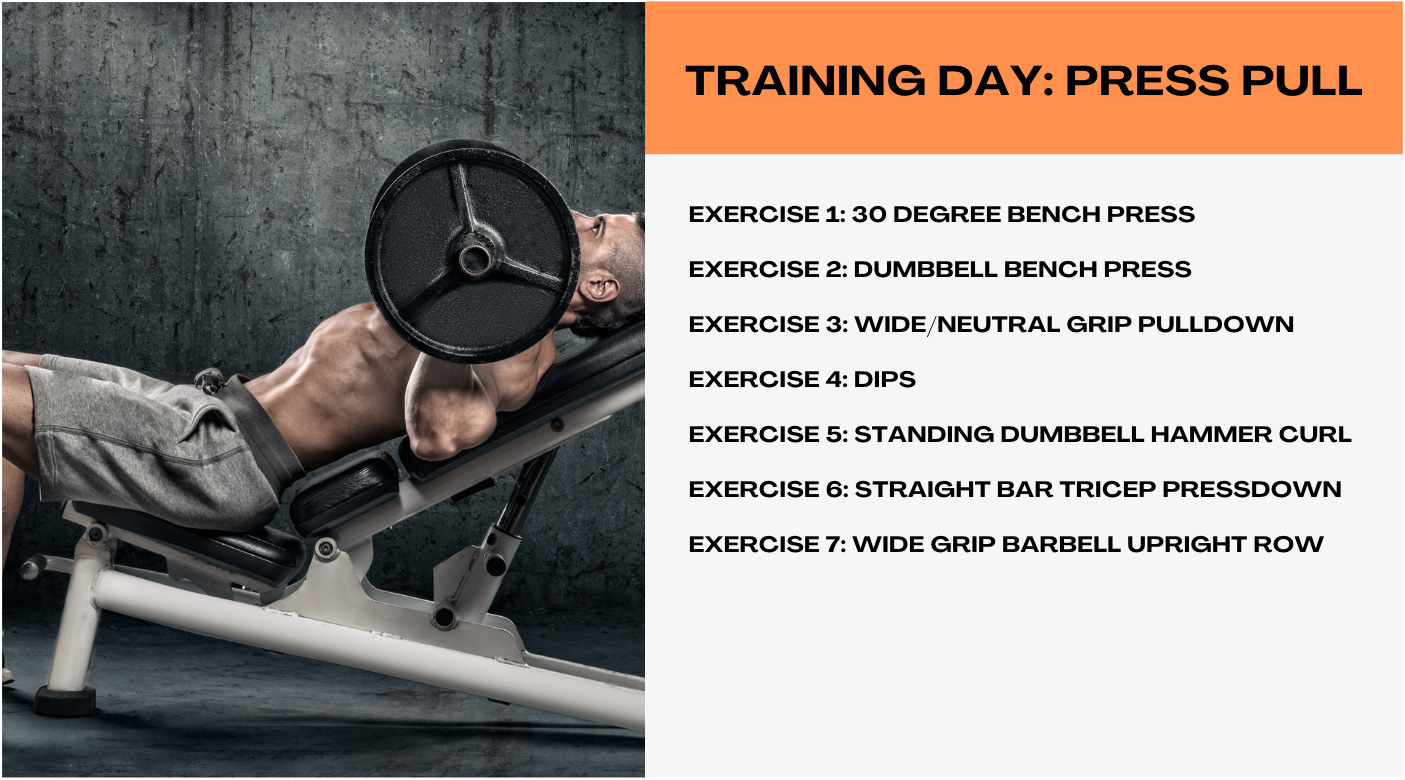
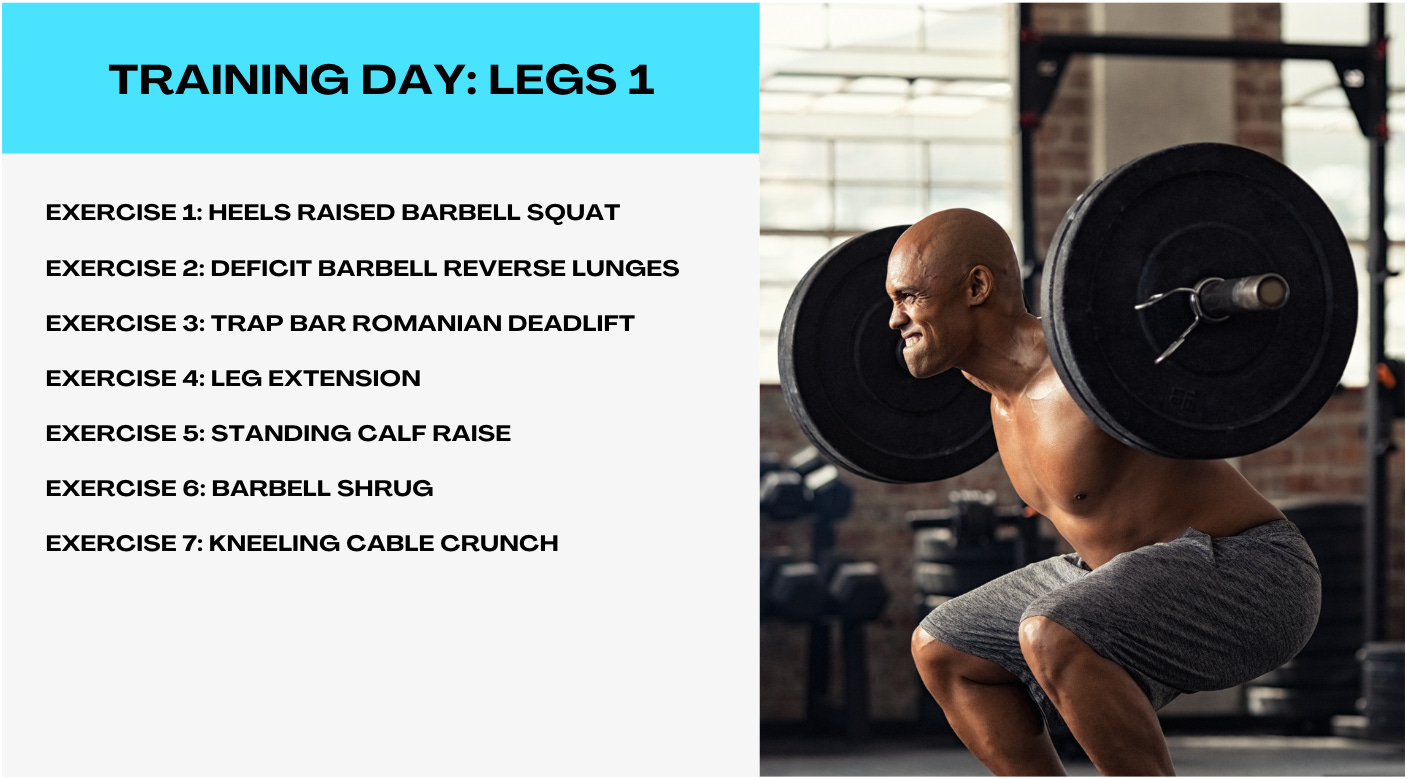
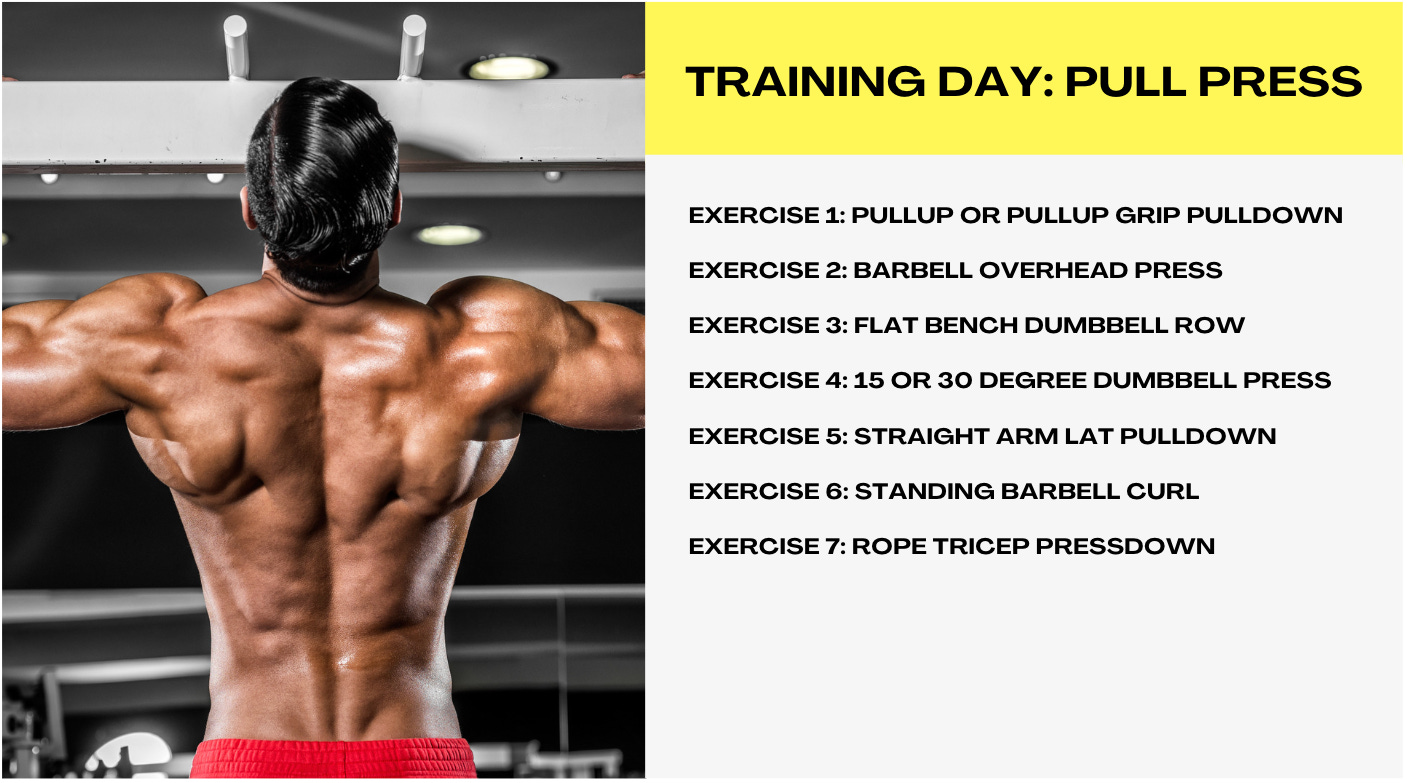
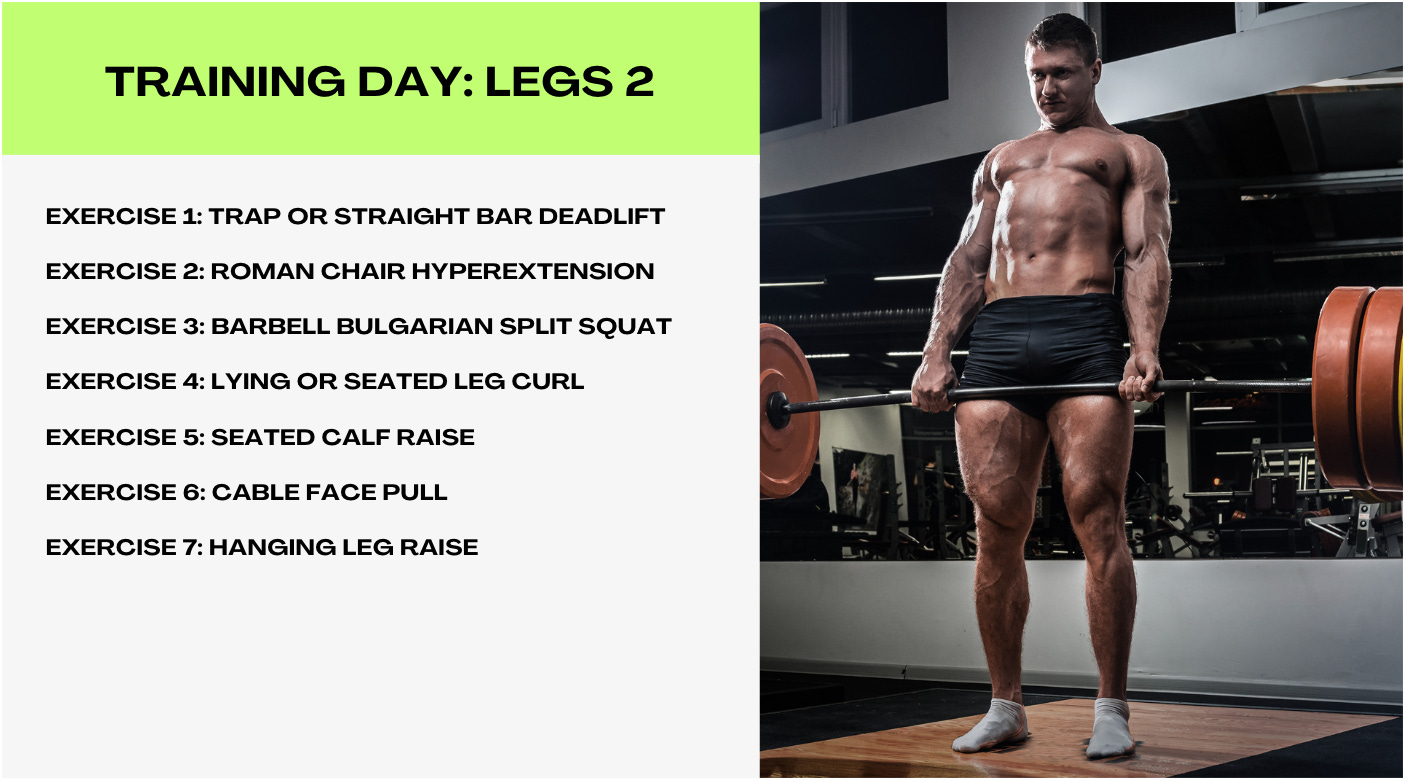


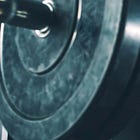
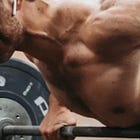


I love the added videos. Going to watch them now. The breakdown of the split was really helpful. Thanks for all the valuable information.